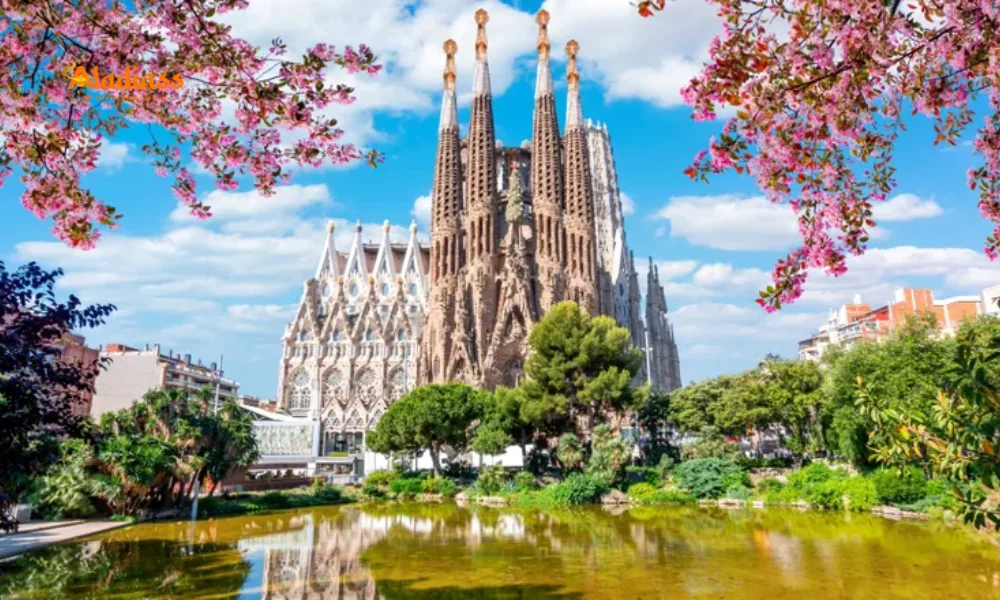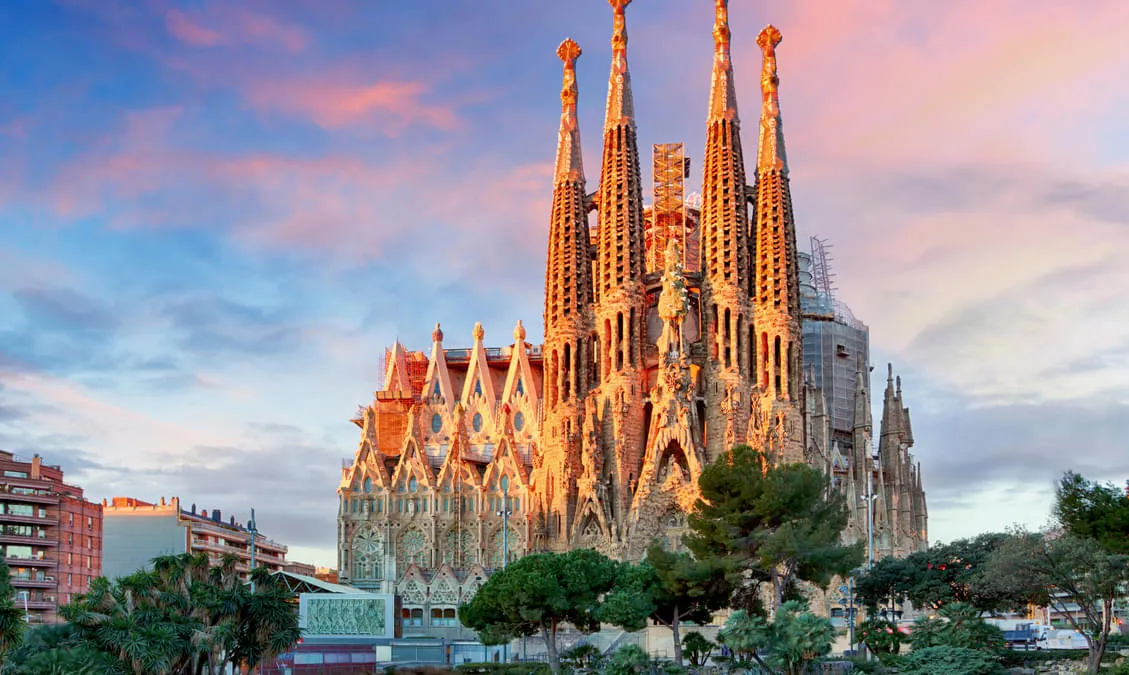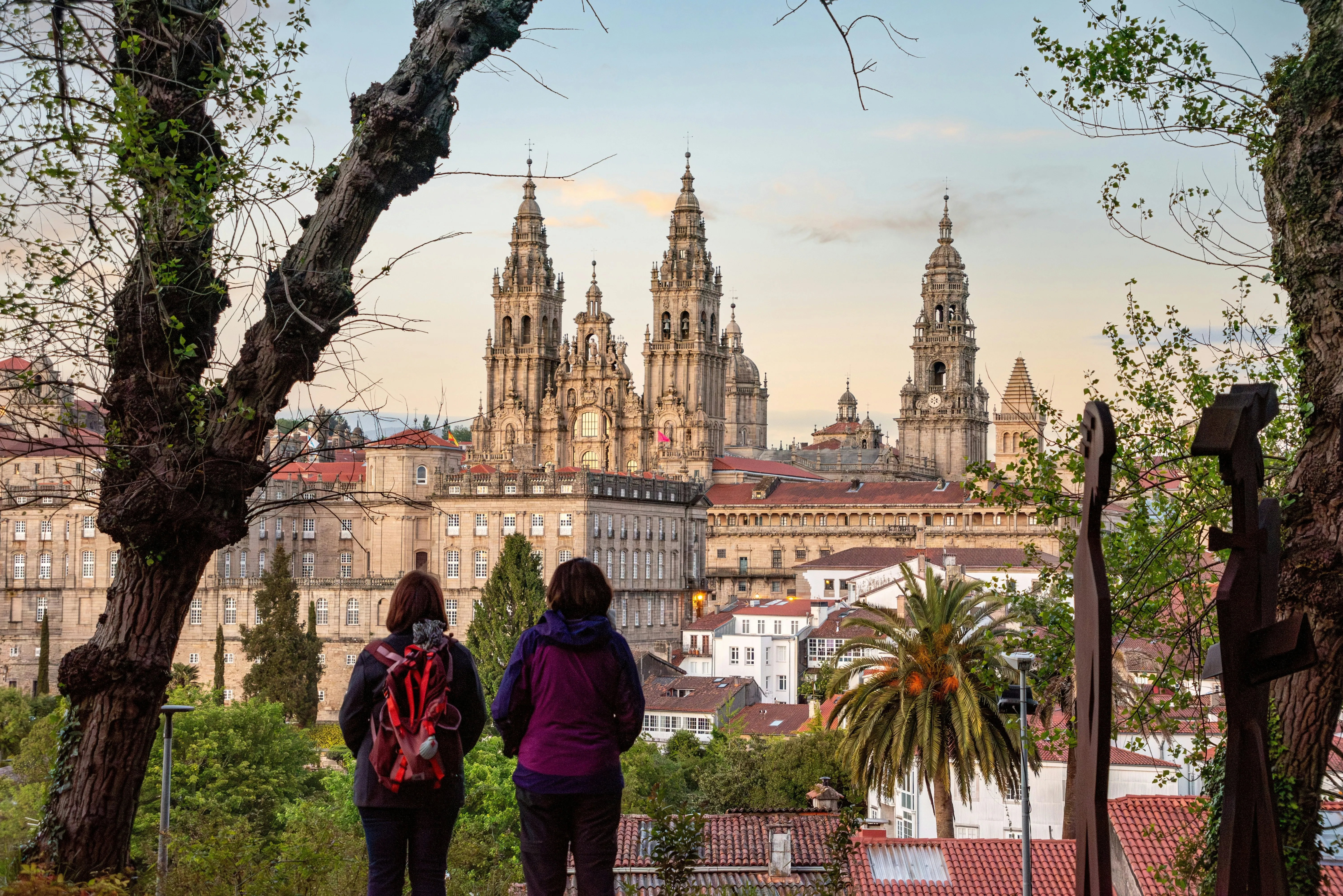Granada Leads Spain’s Fight Against Overtourism in 2025

Granada Joins Almeria, Zamora, Cádiz, Tarragona, and Córdoba as Spain’s New Tourist Gems to Combat Overtourism
In 2025, Granada has emerged as a key player among Spain’s tourist attractions, joining Almeria, Zamora, Cádiz, Tarragona, and Córdoba in offering travelers authentic experiences away from overcrowded hotspots. As Spain’s tourism industry thrives, welcoming 16.1 million international visitors in Q1 2025-an 18% surge from 2024-these cities are leading the charge against overtourism in Spain. Granada’s iconic Alhambra Palace, Almeria’s stunning coastline, Zamora’s medieval charm, Cádiz’s historic ports, Tarragona’s Roman ruins, and Córdoba’s cultural blend provide sustainable alternatives to Barcelona and Madrid. These destinations allow visitors to explore Spain’s rich heritage while supporting responsible tourism practices that preserve local culture and environments.

This shift towards lesser-known Spain tourist attractions reflects a growing trend in 2025, where travelers seek immersive, crowd-free experiences. By promoting these destinations, Spain is addressing overtourism challenges, ensuring sustainable tourism benefits both visitors and local communities. From Granada’s Moorish legacy to Tarragona’s ancient history, these cities offer a perfect blend of culture, nature, and history for those planning sustainable travel to Spain.
Granada: A Tapestry of History and Serenity
Granada stands out as a jewel among Spain tourist attractions, blending Moorish heritage with breathtaking landscapes. The Alhambra Palace, a UNESCO World Heritage site, is the city’s crown jewel, showcasing intricate Islamic architecture, elegant courtyards, and serene gardens. Visitors are captivated by its historical depth and aesthetic beauty, making it a must-visit for those seeking authentic experiences away from overtourism in Spain.
Adjacent to the Alhambra, the Generalife Gardens offer a tranquil retreat with lush greenery and stunning views of the Sierra Nevada. The Albaicín quarter, with its narrow cobblestone streets and whitewashed houses, provides a glimpse into Granada’s Moorish past. The Mirador de San Nicolás viewpoint is particularly famous, offering panoramic vistas of the Alhambra against the mountain backdrop. The Royal Chapel, housing the tombs of Ferdinand and Isabella, adds a layer of royal history, making Granada a cornerstone of sustainable travel to Spain.
Also Read: UK Visa-Free Travel 2025: Explore Thailand, Serbia, Morocco, Japan, Singapore on a Budget
Almeria: Coastal Beauty and Historical Riches
Located in southeastern Spain, Almeria is a hidden gem among Spain tourist attractions, offering a mix of coastal splendor and historical significance. The Alcazaba of Almeria, a grand Moorish fortress, dominates the city’s skyline, providing sweeping views of the Mediterranean. This landmark is a testament to Almeria’s rich history and a key draw for visitors seeking alternatives to overtourism in Spain.
Nature enthusiasts flock to the Cabo de Gata-Níjar Natural Park, renowned for its pristine beaches, dramatic cliffs, and desert-like landscapes. This park is ideal for hiking and birdwatching, offering a peaceful escape from crowded tourist hubs. The Almería Cathedral, blending Gothic and Renaissance styles, reflects the city’s historical role as a fortified port. For a unique experience, Oasys MiniHollywood in the Tabernas Desert offers a Western-themed adventure, blending cinematic history with family-friendly fun, making Almeria a standout in sustainable travel to Spain.

Zamora: Medieval Charm and Tranquil Views
Zamora transports visitors to a bygone era with its medieval architecture and serene ambiance, making it a rising star among Spain tourist attractions. The Zamora Cathedral, with its striking Byzantine dome, is a masterpiece of Romanesque design, symbolizing the city’s historical significance. Zamora Castle, a medieval fortress, offers stunning views of the Duero River, adding to the city’s allure for those escaping overtourism in Spain.
The Mirador del Troncoso provides a breathtaking panorama, especially at sunset, while the Plaza Mayor serves as a vibrant hub with arcaded buildings and charming cafes. These attractions make Zamora an ideal destination for travelers seeking authentic, crowd-free experiences in sustainable travel to Spain, blending history with a relaxed pace.
Cádiz: Coastal Allure and Ancient Heritage
Cádiz, a historic port city in southern Spain, combines coastal beauty with a rich past, positioning it as a key player in combating overtourism in Spain. The Cádiz Cathedral, a Baroque masterpiece, dominates the skyline with its golden domes. La Caleta Beach, flanked by the historic Castillo de San Sebastián and Castillo de Santa Catalina, offers a picturesque seaside escape.
Torre Tavira, an 18th-century watchtower, provides panoramic views and a unique camera obscura experience, projecting live city images. The Gran Teatro Falla, with its Moorish Revival architecture, hosts vibrant cultural performances, adding to Cádiz’s appeal among Spain tourist attractions. These sites make Cádiz a perfect destination for sustainable travel to Spain, offering history and charm without the crowds.
Tarragona: A Window to Roman History
Tarragona, on Spain’s northeastern coast, is a treasure trove of Roman heritage, making it a standout among Spain tourist attractions. The Roman Amphitheatre, once a stage for gladiatorial contests, offers stunning Mediterranean views. The Tarragona Cathedral, blending Romanesque and Gothic styles, is a historical gem in the city’s heart.
The Pont del Diable aqueduct, a marvel of Roman engineering, invites visitors for scenic walks, while the Mediterranean Balcony provides breathtaking coastal vistas. These attractions position Tarragona as a prime destination for sustainable travel to Spain, offering a rich historical experience away from overtourism pressures.

Córdoba: A Fusion of Cultures
Córdoba’s unique blend of Islamic, Christian, and Jewish heritage makes it a cultural beacon among Spain tourist attractions. The Mezquita-Catedral, a UNESCO World Heritage site, is a stunning mosque-cathedral with its iconic arches and columns, drawing visitors seeking authentic experiences. The Alcázar de los Reyes Cristianos, with its lush gardens, reflects Córdoba’s royal history.
The Roman Bridge over the Guadalquivir River and the Jewish Quarter’s narrow streets, home to the historic Synagogue, offer a peaceful exploration of Córdoba’s past. These sites make Córdoba a vital part of sustainable travel to Spain, providing cultural depth without the overcrowding found in larger cities.
Spain’s Tourism Boom and Overtourism Challenges in 2025
Spain’s tourism sector is flourishing in 2025, with Turespaña reporting 16.1 million international visitors in Q1, contributing over €109 billion to the economy. This 18% increase from 2024 underscores Spain’s global appeal, driven by visitors from the UK, Germany, and France. However, overtourism in Spain, particularly in Barcelona, Mallorca, and the Canary Islands, has sparked challenges, including overcrowded infrastructure, rising living costs, and environmental strain.
Local communities are feeling the impact, with protests in Barcelona and Mallorca demanding sustainable tourism practices. Residents are calling for policies to balance tourism’s economic benefits with local well-being, highlighting issues like housing affordability and strained public services. These challenges underscore the need for a shift towards destinations like Granada and Almeria to alleviate overtourism pressures.
Sustainable Tourism: Spain’s Strategy for 2025
To address overtourism in Spain, authorities are promoting sustainable travel to lesser-known destinations like Zamora, Cádiz, and Tarragona. Turespaña is encouraging eco-friendly practices, such as using public transport and supporting local businesses, to reduce environmental impacts. The promotion of slow tourism encourages longer stays in one destination, fostering deeper cultural connections and easing pressure on popular sites.
By highlighting cities like Córdoba and Granada, Spain aims to distribute tourism more evenly, preserving natural and cultural heritage. These efforts ensure that Spain tourist attractions remain accessible and enjoyable while supporting sustainable tourism in Spain for future generations.
Comment / Reply From
No comments yet. Be the first to comment!







